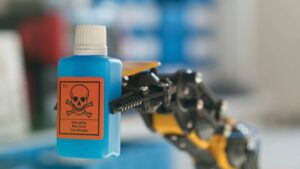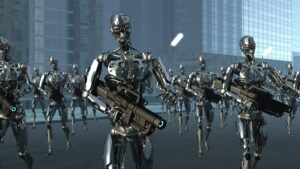Companies set to make a fortune from the ‘multi-trillion dollar’ robot market
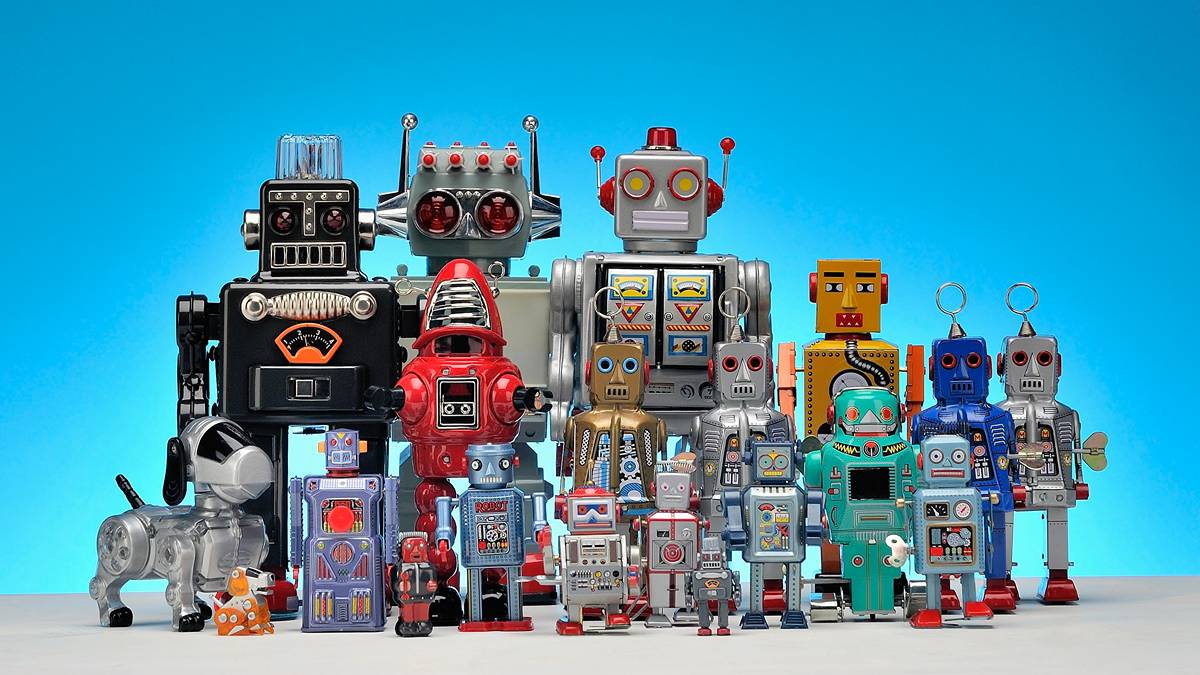
Pic via Getty Images
Samsung has finally “cracked the code” on household robots with its volleyball-shaped “Ballie”, an Australian tech expert says, as global electronics jostle for pole position in the $US1.35 trillion ($2.1 trillion) smart home race. and Elon Musk bets big on humanoid machines.
Samsung announced at CES, the world’s biggest consumer electronics show in Las Vegas, that it would launch Ballie later year after first showcasing the robot in 2020.
RMIT robotics expert Timothy Wiley said a “slew of new household consumer level robots” were launched at CES, from hockey puck-style cleaning robots such as SwitchBot to humanoid helpers like Mirokai and robot ‘girlfriend’ Aria.
Robotics presents the next wave of the artificial intelligence boom, representing a multi-trillion dollar opportunity, according to Nvidia boss Jensen Huang. Tesla chief executive and one of Donald Trump’s closest advisers, Elon Musk, says there will be billions of humanoid robots — more than earth’s population — in the next 20 years, catapulting Tesla to become a $US25 trillion company.
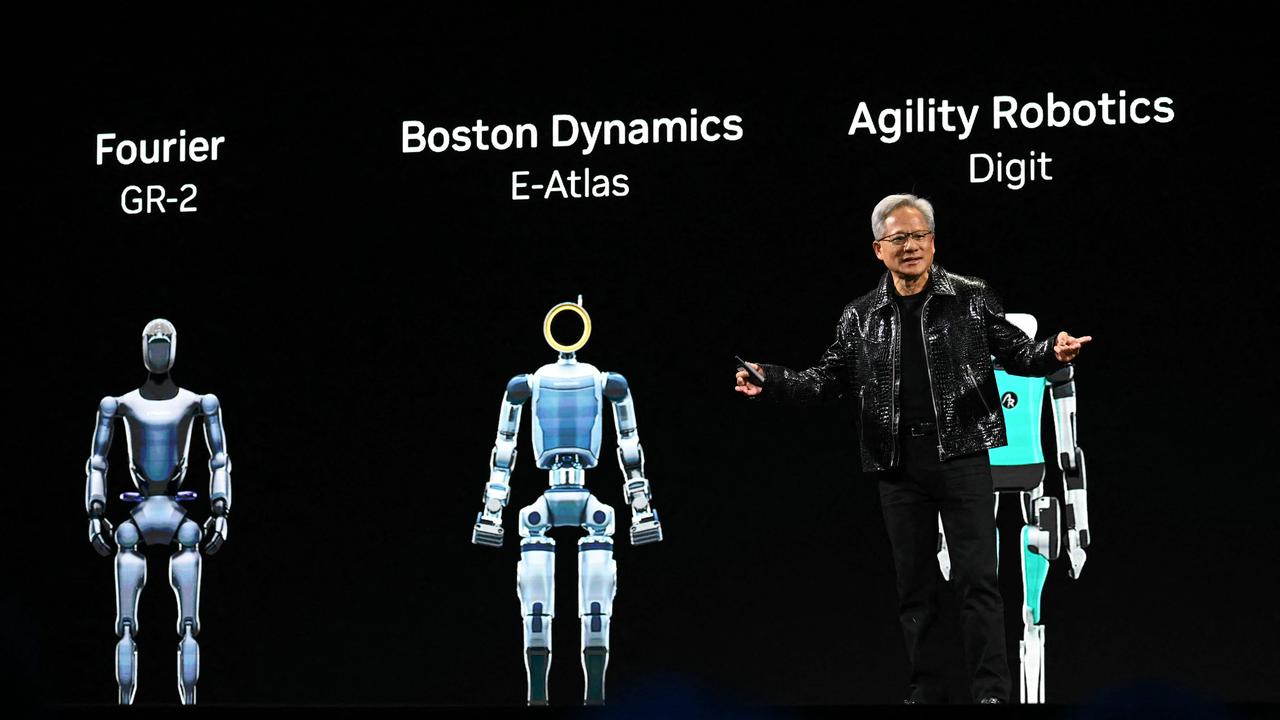
“Companies are hoping these will finally gain traction where previous robots have failed,” Dr Wiley said.
But he said Samsung’s Ballie was the standout, presenting “far more functionality” and could “redefine” consumer robotics.
It includes front and rear facing cameras, and an innovative 1080p on-board projector that lets it render interactive buttons on almost any flat surface within reach.
“Outside of puck-style cleaning robots, the consumer robotic market has long struggled with ‘form factor’ – which means the size, shape, weight and design of a product,” Dr Wiley said.
“Extensive research in human-robot interaction shows that form factor matters a lot in robotics, perhaps even more than how good a robot is at its job.
“Robots that are ‘too cute’ get dismissed as toys, gimmicks, or can only find a home in the more limited education market. Humanoid robots scare people or create too many uncomfortable feelings of ‘replacing people’.”
Dr Wiley said adult-sized humanoid robots were “too large, slow and impractical”, while smaller humanoid designs fall back into the toys or educational domain.
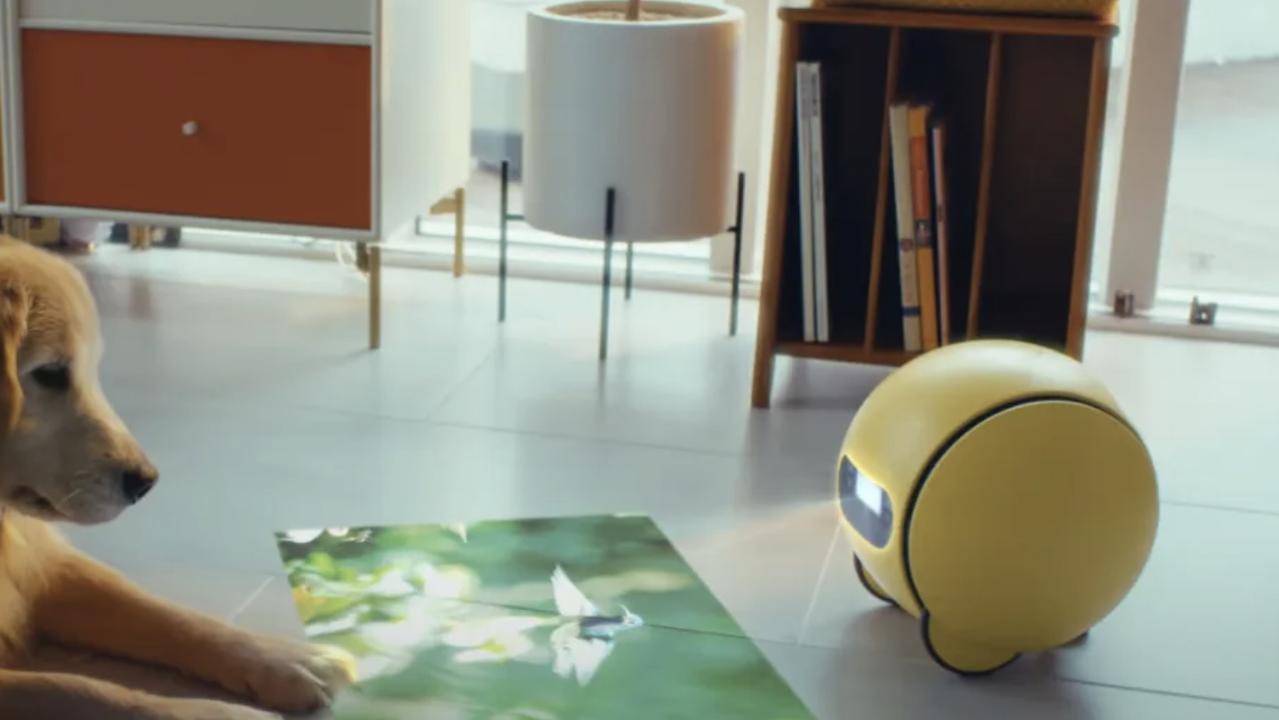
“Many robots, including from big companies, have failed to sell long-term on the basis of their form factor.
“The quite popular dog-style robot (pioneered by Spot) are too industrial and confronting for the home environment. Companion robots have great social benefits, but also have limited functionality.
“Stationary robots, similar to LG’s new AI hub, are glorified tablets or smart assistants, leaving consumers questioning their purpose compared to Alexa or Google Home.”
But Dr Wiley said Ballie’s ball-style shape and movement, aside from the clear parallels to Star Wars’ BB-8 droid, “bucks the trend” of humanoid or animal forms, and shows that not all robots need an animated face.
“Ballie may have finally cracked the code for an assistant consumer robot. It doesn’t try to be a human or a pet, and it strikes a balance between approachability without being a toy. Its projector and mobility encourages us to want to take it places, and being hands-free makes it more than a phone or tablet. Ballie could very well redefine consumer robotics.”
Ballie is Samsung’s concept for personal care and was first unveiled at CES – the world’s biggest consumer electronics show in Las Vegas – as a softball-sized robot in 2020 before it released a revamped version last year.
Now, after four years, a bigger version – closer to the size of a basketball – is set to roll into homes in coming months, although availability in Australia is yet to be determined.

It is part of Samsung’s broader AI home vision, which began in 2014 when it acquired Smart Things for an estimated $US200m (financial terms were not disclosed at the time).
For the past decade big consumer electronics and appliance companies have been jostling with tech behemoths Amazon, Apple and Google in what is called the Internet of Things. It’s a battle that involves any product that can connect to the internet and controlled by an app or smart panel installed in a home, encompassing speakers, televisions, security cameras and even ovens and fridges.
It’s a market estimated to be worth $US1.35 trillion this year, according to Mordor Intelligence.
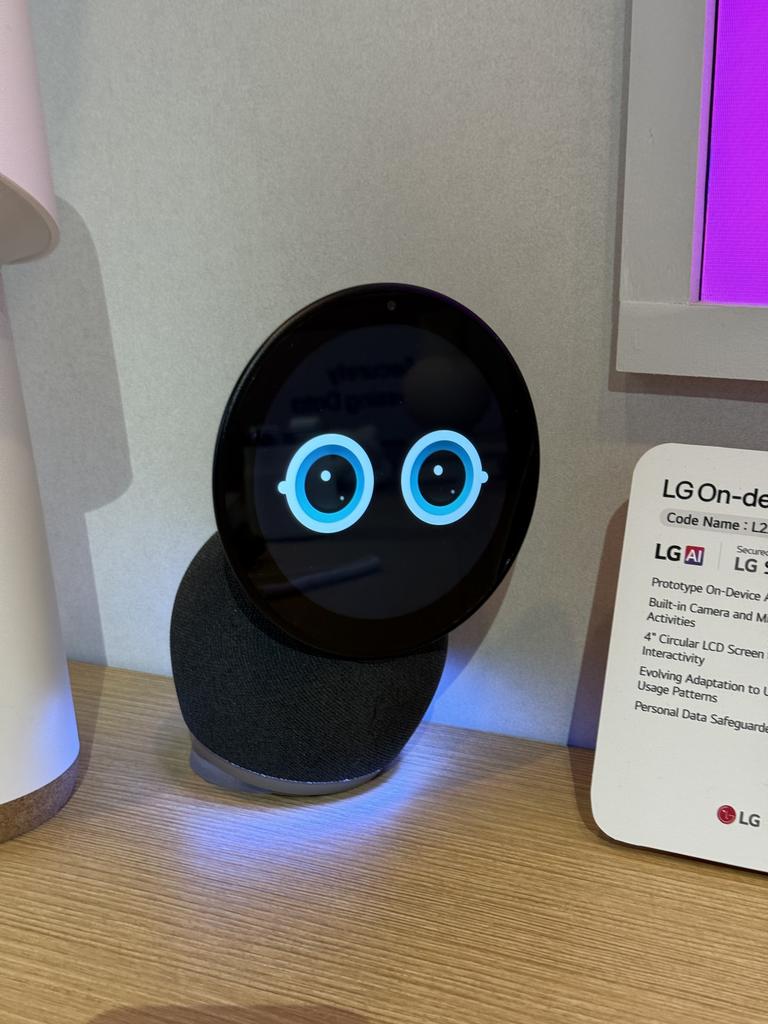
Ballie is designed to “learn and evolve” to understand home occupants, providing personalised experiences over time. It can monitor pets with its on-board cameras and send back to users when they’re away from home, project workout videos on the floor or cat games as well as manage other smart appliances.
It launch comes after Mr Musk told the 8th Future Investment Initiative conference in Riyadh, Saudi Arabia, late last year that he expects there to be at least 10 billion humanoid robots — priced between $US20,000 and $US25,000 – deployed by 2040.
“Robotic taxis makes Tesla about a $US5 trillion company,” Mr Musk said. “The Optimus Robot, I think, makes Tesla a $US25 trillion company.” Tesla currently has a market value of $US780.17bn.
In 2022, during pandemic-fuelled labour shortages, Mr Musk was talking up the potential of humanoid robots.
“If you think about the economy, the foundation of the economy is labour. Capital equipment is the skilled labour,” Mr Musk said during an investor call. “So what happens if you don’t actually have a labour shortage? I’m not sure what kind of an economy (it) even means at that point. That’s what Optimus is about.”
He said he plans to use the robots first in roles such as “moving parts around the factory”, saying “If we can’t find a use for it, we should not expect that others would.”
But Mr Musk’s bold claim has put him at odds with one the biggest investors in robotics: Amazon.
Amazon says it “ushered in a new age of robotics” when it acquired Massachusetts-based Kiva Systems for $SU775m in 2012.
The $US2.08 trillion e-commerce-titan now has more than 750,000 robots working alongside its staff at its fulfilment centres across the globe. But, many are named after birds and don’t look anything like humans.
Mikell Taylor, the head of Amazon’s autonomous robotics program, doesn’t even like robots to have eyes (she was overruled on Amazon’s first “social robot” Proteus, but it looks more like a robotic vacuum cleaner than a human).
“Largely because of sci-fi, people want to put eyes on robots because they want them kind of anthropomorphised and personified and there’s not a lot of thought that goes into, ‘what are those eyes for? Why are they there? What are they doing? What’s their purpose?’ And so you kind of get these robots that look cute, but it’s a little bit meaningless, and sometimes it starts verging into creepy,” Ms Taylor said.
The author travelled to Las Vegas with assistance from Samsung, LG and Hisense.
This article first appeared in The Australian.
Related Topics
UNLOCK INSIGHTS
Discover the untold stories of emerging ASX stocks.
Daily news and expert analysis, it's free to subscribe.
By proceeding, you confirm you understand that we handle personal information in accordance with our Privacy Policy.
